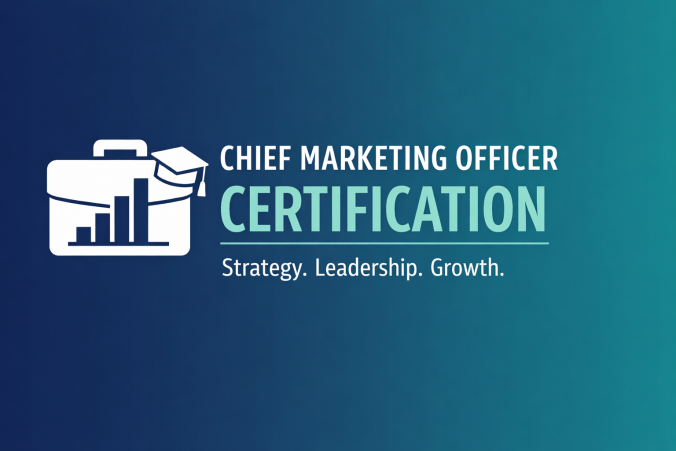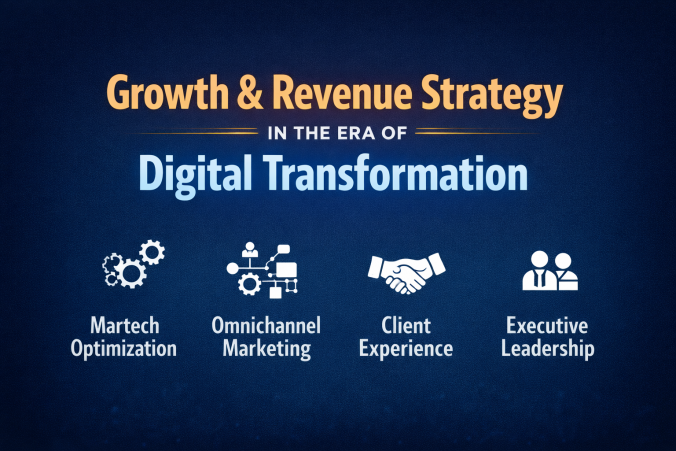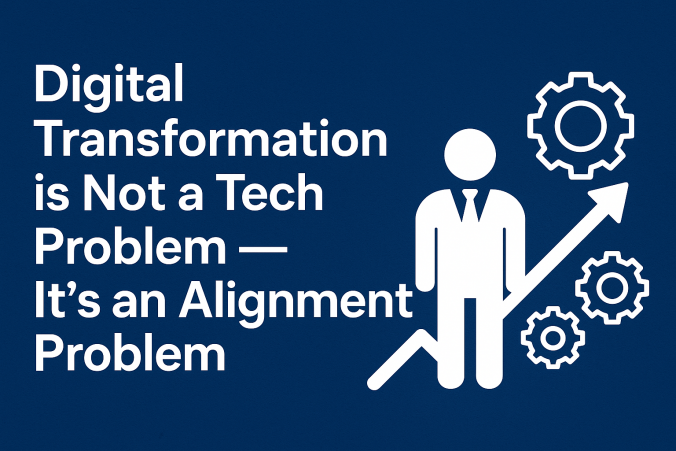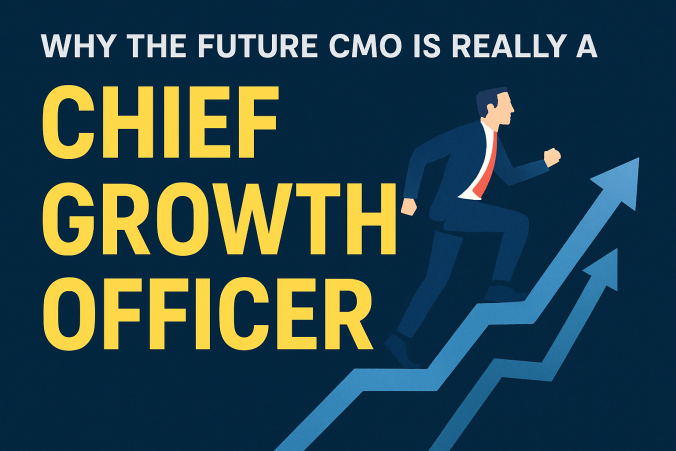If you’re exploring a Chief Marketing Officer certification, you’re likely asking a bigger question: How do I prove executive-level marketing credibility in a world that’s evolving faster than job titles?
Unlike entry-level marketing certifications, CMO certifications focus on strategy, leadership, revenue growth, and enterprise transformation—the skills boards and CEOs expect from modern marketing leaders.
This guide breaks down what a Chief Marketing Officer certification actually is, who should pursue one, and how to decide if it’s worth your time and investment.
What Is a Chief Marketing Officer Certification?
A Chief Marketing Officer certification is an executive education or credentialing program designed to validate advanced marketing leadership capabilities. These programs typically focus on:
- Enterprise growth and revenue strategy
- Brand leadership and positioning
- Data-driven decision making and analytics
- Digital transformation and technology integration
- Executive communication and board-level influence
Unlike tactical certifications (SEO, Google Ads, HubSpot), CMO certifications are strategic and cross-functional, often blending marketing with finance, operations, and technology.
Who Should Pursue a Chief Marketing Officer Certification?
A CMO certification is best suited for:
- Aspiring CMOs
Senior directors or VPs preparing for their first CMO role who want structured exposure to executive-level responsibilities.
- Current CMOs
Experienced CMOs looking to modernize their skill set around digital transformation, martech, and analytics.
- Marketing Leaders in Regulated Industries
Executives in banking, healthcare, insurance, or education who need a strong blend of strategy, compliance, and governance.
- Consultants & Fractional CMOs
Professionals who want third-party validation to support advisory or fractional leadership work.
What a Strong CMO Certification Program Covers
Not all Chief Marketing Officer certifications are created equal. High-quality programs typically include:
Strategic Leadership
- Enterprise growth models
- Market expansion and revenue alignment
- Customer experience strategy
Financial Acumen
- Marketing ROI and performance measurement
- Budgeting and forecasting
- Aligning marketing investment with business outcomes
Technology & Digital Transformation
- Marketing technology stacks
- CRM, data platforms, and analytics
- AI, automation, and personalization
Executive Influence
- Communicating with CEOs and boards
- Leading cross-functional teams
- Managing organizational change
Are Chief Marketing Officer Certifications Worth It?
The value of a CMO certification depends on how you plan to use it.
When It Is Worth It
- You’re transitioning into executive leadership
- You want to sharpen strategy, not tactics
- You need credibility in board-level conversations
- You work in complex or regulated environments
When It’s Not Worth It
- You’re early in your marketing career
- You’re seeking hands-on channel training
- You expect the certification alone to land a CMO role
A certification won’t replace experience—but it can accelerate readiness, sharpen perspective, and signal commitment to executive growth.
Certification vs. Real-World CMO Experience
It’s important to be clear:
No certification replaces real leadership experience.
The strongest CMOs combine:
- Proven business results
- Executive judgment
- Cross-functional leadership
- Continuous learning
A Chief Marketing Officer certification works best as a force multiplier—helping experienced leaders think more strategically, speak the language of the C-suite, and lead transformation more effectively.
How to Choose the Right Chief Marketing Officer Certification
Before enrolling, ask these questions:
- Is the program strategy-focused or tactical?
- Who teaches it—practitioners or academics?
- Does it include real-world case studies?
- Is it respected in your industry?
- Will it expand how you think, not just what you know?
Programs affiliated with established professional organizations or executive education institutions tend to carry more weight than generic online certificates.
Top Chief Marketing Officer Certifications & Leadership Programs
If you’re serious about advancing into senior marketing leadership — especially in financial services, banking, or regulated industries — these programs can help you build strategic credibility and differentiate your career path.
Executive & CMO Leadership Programs
- Columbia Business School – Chief Marketing Officer Program. A leading executive education program focused on modern marketing leadership, blending data, AI-driven strategy, and digital transformation to help experienced marketers succeed as CMOs. Columbia Business School
- Kellogg School of Management – Chief Marketing Officer Program. An immersive program tailored to prepare senior marketing leaders for enterprise-level strategy, innovation, and customer-centric growth — ideal for directors or VPs targeting CMO roles. Kellogg School of Management
- Stanford GSB – The Emerging CMO: Strategic Marketing Leadership. This strategic program strengthens leadership skills, customer psychology insights, and innovation frameworks that are valuable for CMOs across industries, including financial services. Stanford Graduate School of Business
Certifications & Credentials for Financial Services Marketers
- Certified Financial Marketing Professional (CFMP) — American Bankers Association. The CFMP credential is the only industry-recognized certification tailored to bank and financial services marketers. It validates mastery of data analytics, leadership, revenue-generation strategy, and marketing operations in regulated financial environments — making it especially relevant for aspiring CMOs in banking. aba.com
- Certification in Digital Marketing Innovation – Financial Marketing Institute. While not specifically a “CMO certification,” this program helps financial services marketers build innovation, customer experience, and agile marketing skills — core competencies that support strategic leadership roles in banks and finance. Financial Marketing Institute
Other Recognized Executive Marketing Credentials
- FCMO – Fractional Chief Marketing Officer Certification. For senior marketers positioning themselves as strategic leaders — whether full-time or fractional — this certification emphasizes frameworks, strategic planning, and measurable impact across industries. Fractional Executive Institute
- CMO-C™ Chief Marketing Officer – Certified™. This multi-module executive certification covers strategic leadership, finance, team management, and organizational influence — useful for those targeting CMO roles in complex businesses. C-Suite Institute
- Executive Development Programs (Chief Marketing Officer Institute). Longer certificate programs geared at broadening leadership acumen and preparing marketing leaders for increasing organizational responsibility. Chief Marketing Officer
| Program | Duration | Cost | Format | Best For |
| Columbia Business School – Chief Marketing Officer Program | ~9–12 months | ~$28,000 | Online + live virtual + in-person elective | Senior marketers targeting enterprise-wide CMO roles with strong strategic and digital focus |
| Kellogg School of Management – Chief Marketing Officer Program | ~12 months | ~$30,000 | Online core + electives + networking event | Aspiring and current CMOs seeking a structured strategic leadership credential |
| Fractional Chief Marketing Officer Certification (FCMO) | 10 weeks | ~$4,495 | On-demand (self-paced) with optional workshops | Senior marketers and consultants aiming for fractional CMO roles or strategic leadership frameworks |
| Certified Financial Marketing Professional (CFMP) | Varies (exam-based) | Application ~$100, Exam ~$575 | Exam + experience requirement | Marketers in banking & financial services seeking a sector-specific professional credential |
| Certification in Digital Marketing Innovation (Financial Marketing Institute) | Short courses (modular) | ~$950–$995 per course | Live online | Financial services marketers wanting innovation, AI, & agile marketing skills |
| CMO-C™ Chief Marketing Officer – Certified™ | ~5 days | ~$9,999* | In-person intensive | Leaders who want a short, immersive executive credential focused on leadership, strategy & change (module-based) |
| Chief Marketing Officer Institute – Executive Development Program | ~9 months | Varies | Cohort program | Marketing leaders preparing for increasing responsibility & strategic leadership roles |
*Note: Program costs listed are based on historic data and may vary; prices should be confirmed with the provider.
Notes to Consider
- Executive education programs like Columbia and Kellogg are long-form, expensive, and geared toward marketers ready to step into enterprise strategic leadership. They often include case studies, capstone projects, networking, and alumni benefits that extend beyond the certificate itself.
- CFMP is one of the few industry-specific certifications tailored to banking and financial services marketing, with exam requirements and continuing education expectations.
- Modular and short certifications like FMI’s digital innovation courses are excellent for building specific capabilities that support strategic leadership without the commitment of a long program.
- Fractional and intensive certifications (like FCMO or CMO-C™) provide practical frameworks and can be completed more quickly, but they don’t replace real-world leadership experience — they supplement it
How to Choose for Banking & Financial Services
If you’re pursuing a CMO path within banks, credit unions, or financial services firms, consider:
- Industry-specific credentials like CFMP to demonstrate financial marketing expertise and credibility within regulated environments.
- Executive education programs that build strategic, cross-functional leadership skills needed to bridge marketing, compliance, and revenue growth.
- Credentials that include data, analytics, customer experience, and digital transformation, as these areas are critical to modern bank marketing leadership.
By combining industry-focused certification with broader strategic leadership training, you signal both domain expertise and executive readiness — a powerful combination for aspiring Chief Marketing Officers in financial services.
How to Choose the Right Program for You
When evaluating CMO certifications and leadership programs, consider:
- Career stage – Some programs are built for mid-career leaders, while others are tailored to seasoned executives.
- Focus area – Determine if you need strategic leadership, digital transformation, AI and analytics, or broader business management capabilities.
- Format & time commitment – Options range from intensive week-long programs to multi-month executive formats.
- Networking value – Executive programs often include strong peer communities and alumni networks.
Final Thoughts
- A Chief Marketing Officer certification isn’t about collecting credentials—it’s about becoming a better executive leader.
- For experienced marketers ready to step into—or level up within—the C-suite, the right certification can provide structure, perspective, and confidence in an increasingly complex marketing landscape.
- If your goal is to lead growth, transformation, and strategy—not just campaigns—a CMO certification may be a smart investment in your next chapter.















